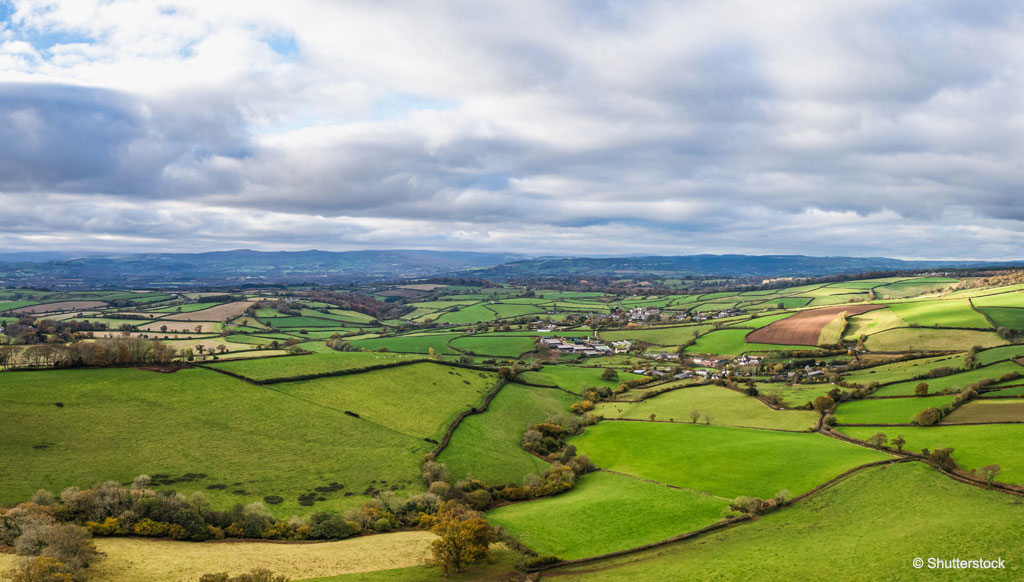Real Wild Estates has already worked out the metrics to make nature restoration a viable land use option, so this Savills ‘Business of Rewilding’ spotlight report published this January just confirms what we are already telling landowners and real estate investors. What it doesn’t highlight is that some other options and opportunities today can make restoring ecosystems even more viable and even more resilient. The research below highlights that it is now more profitable to convert to a rewilding land use system, than two other forms of land use; arable contract farming and tenancy farming.
COMPARATIVE ECONOMICS OF RURAL BUSINESS MODELS
Savills Research Jan 2022
|
Farm Business Tenancy
|
Arable contract farming agreement
|
REWILDING conversion
|
|
| Income (£/ha/yr) |
|
|
|
| £263 | £1491 | £575 | |
| Costs (£/ha/yr) |
|
|
|
|
£0 |
£1128 |
£13 |
|
| Net margin (£/ha/yr) | £263 | £363 | £562 |
*all models exclude Basic Payment scheme income. Rewilding model assumes a 200ha project and capital costs are depreciated over 10 years. Firstly, these figures are wholly government funded Stewardship conversions (from just 3 of the 130 stewardship options available!), and one of the things that any landowner will tell you, is that being too dependent on government subsidies is not a good business plan. The key to the future is diverse income streams that decrease the various risks that land managers have always faced. Secondly these figures do not include any of the new payment options that are coming down the line, collectively known as natural capital, including carbon sequestration from the huge market for offsets and net zero commitments by corporates and the financial community; water catchment payments from water utilities, biodiversity net gain possibilities, or those payments still in their infancy but we believe will figure prominently in the future including soil carbon (i.e. soil health) and biodiversity credits. Our own WildnCat yield modelling tool can help landowners and investors calculate these into the future. Being realistic, not all natural capital options will be applicable or viable to all landowners and the problem of economies of scale will always beset the application of natural capital payments to many, particularly smallholders, but it does highlight the extraordinary turnaround in both our collective public attitude to this form of future land use, but also the government’s desire, post Brexit and the EU’s Common Agricultural policy, to restore the UK biodiversity from its present position at the very bottom of the rankings of the least biodiverse countries on our fragile planet.

